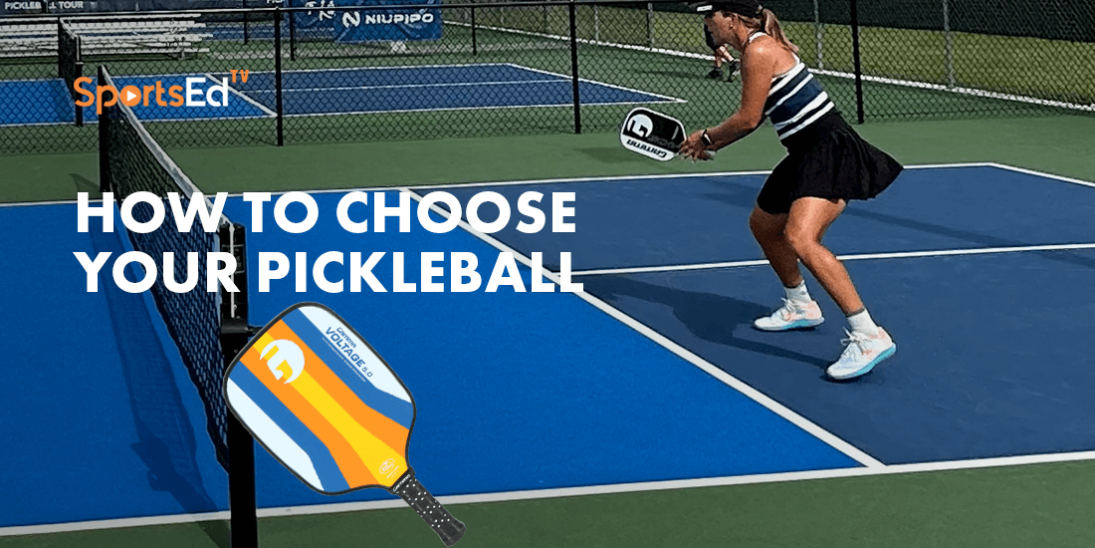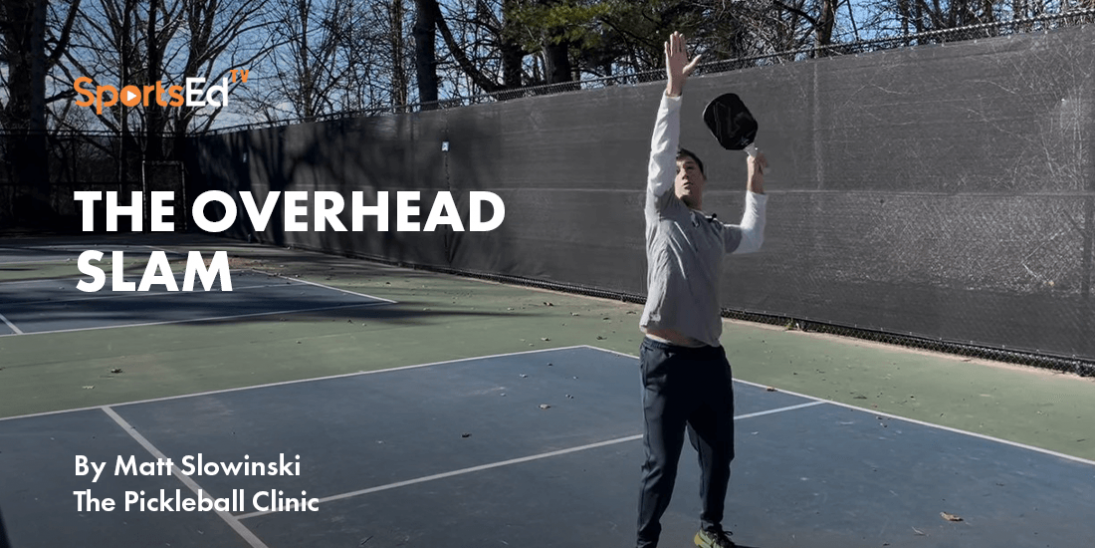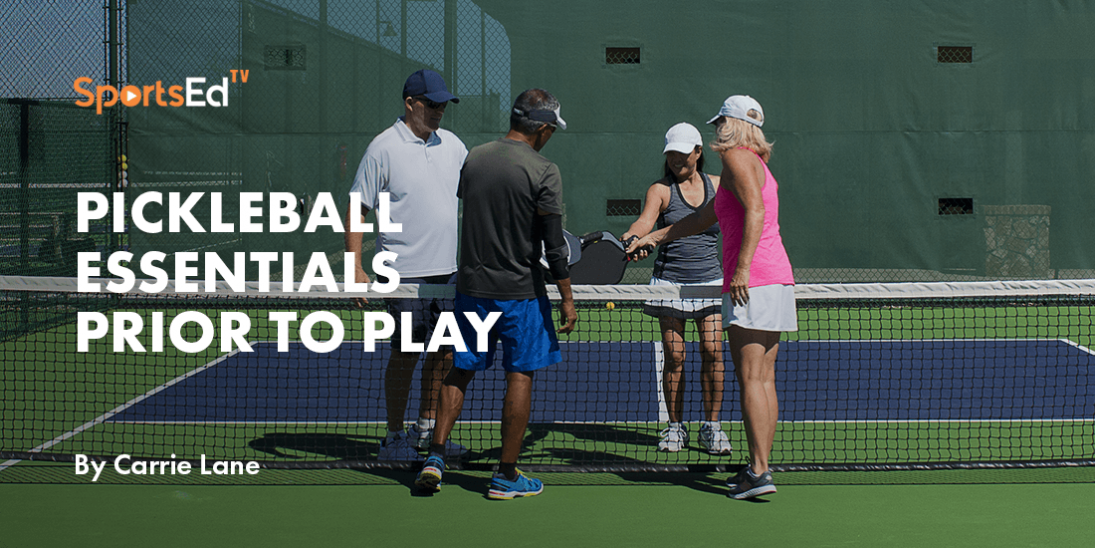Pickleball
Welcome and thanks for visiting...

Everything You Should Know About Pickleball Courts
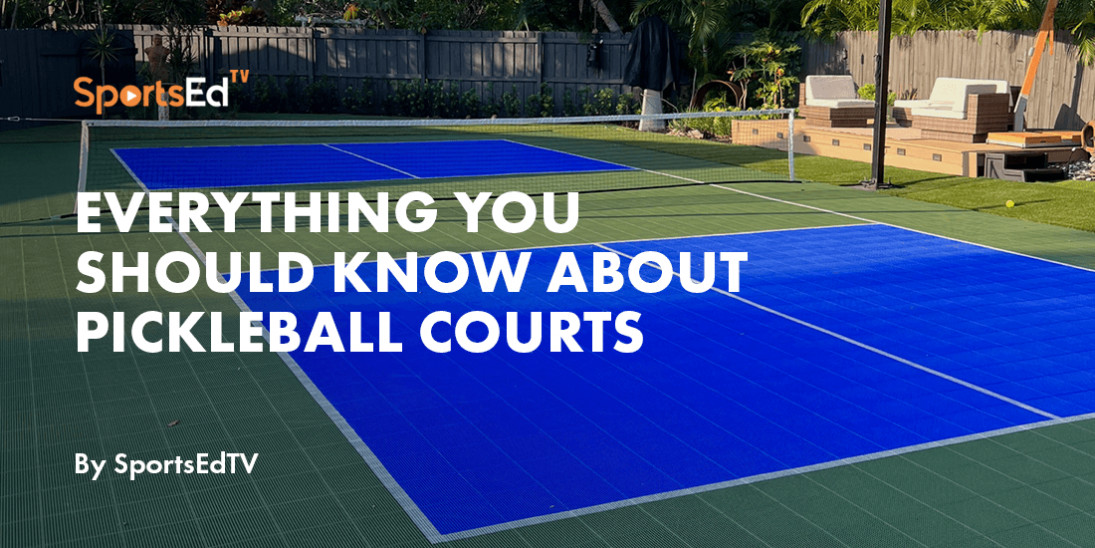
Because pickleball courts resemble other sports courts, new courts can be constructed specifically for pickleball, but others may be converted from tennis or badminton courts.
The baselines, sidelines, and center lines divide the pickleball court into three main sections, and the net divides the playing area into identical halves.
The pickleball net is 36 inches high at the sideline posts and gradually lowers to 34 inches at the court center. It is 20 feet long.
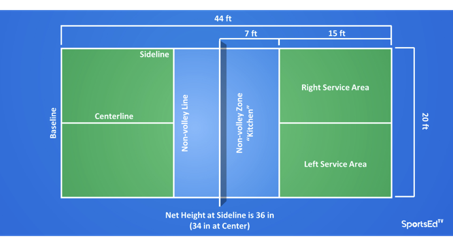
Pickleball Surface
Specifications of pickleball courts at professional grade are coated with a surface product--generally AcrylotexPB--applied by the builder. A do-it-yourself option does exist, applying a ¾” nap roller to apply DIY Pickleball court coating. The USA Pickleball Association suggests PicklePave coating from California Sports Surfaces, an option for concrete and asphalt surfaces which is a do-it-yourself version of AcrylotexPB a non-aggressive silica sand that provides textured surfaces to prevent slipping.
We love playing on SportGame PB by Sport Court, which is a versatile surface as it can retrofit over most hard surfaces and outlasts conventional acrylic courts. The brand-new and cutting-edge surface allows for optimal play, with the same ball response as hard acrylic, but integrates our patented lateral forgiveness providing the added benefit of reduced joint stress and fatigue.
Painted lines on a pickleball court
The lines are white to contrast with the color of the court and are two inches wide. During play, when a ball touches even a portion of the line, it is in play. The call is determined by the spot on the ball which touches the ground.
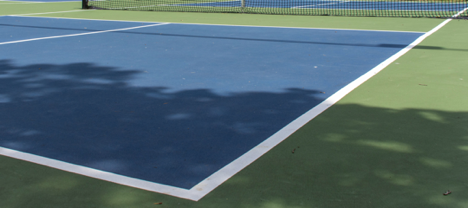
A ball is out of play even when a portion of the ball hovers over the side or end line but the spot of contact does not touch the line.
The two-inch painted lines are included in the 20 x 44 feet of the court's dimensions.
The 44-foot length of the court is split in the center by the net, and the parallel baselines are at points furthest from the net. The sidelines are perpendicular to the net on each side of the court.
The kitchen or non-volley lines are 7 feet away from the net on both sides of it and extend to the sidelines.
The non-volley lines combine with the center lines that bisect the court and the baselines to create two service areas on each side of the net.
The Pickleball net
The net is made of mesh. The mesh size should be small enough to prevent the ball from passing through the spaces.
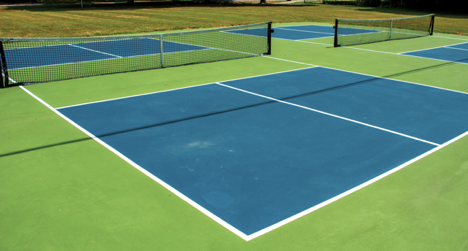
The 20-foot-long net is 36 inches high. It will be only 34 inches high at the center of the court because of the adjustable center strap designed to keep it from sagging further. Lower sagging may occur on courts that do not use a center strap.
Net posts hold the net at the prescribed height and should be placed about a foot past the sidelines. A cable or cord running through the white binding at the top of the net attaches the net to the posts.
Outdoor pickleball courts
Outdoor courts have some unique factors that should be considered during the planning and site selection. How the court will orient in relation to the sun is essential so the sun does not bother players. Court baselines oriented in a north/south alignment are best where possible.
Pickleball Fencing
—Affordable wire—contains pickleballs and allows viewing. It also provides a potential source for attaching mesh windbreakers to reduce the wind's effect on the flight of pickleballs. When windbreakers are used, some viewing will allow limited viewing through its mesh.
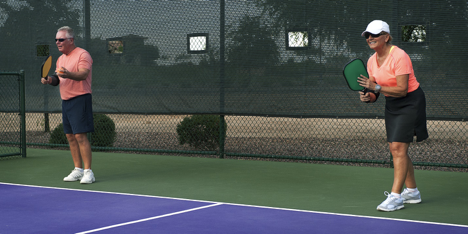
Using these specifications and dimensions will keep pickleball consistent.



